
Computational Science and Engineering
Revolutionizing research with HPC, advanced models and digital twins
Michigan Engineering is advancing discovery at the forefront of computational research—leveraging high-performance computers (HPC), advanced models, and digital twin technologies to drive innovation across disciplines. These efforts are propelled by several large-scale, federally supported research centers and interdisciplinary initiatives that address both foundational science and real-world applications.
UPCOMING EVENT
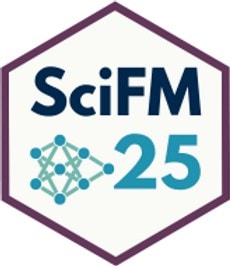
#SciFM25: Scientific Discovery in the Age of AI
The Automotive Research Center—a U.S. Army Center of Excellence and one of only two university-led Army centers nationwide—leads transformative research in off-road autonomy and digital engineering. The ARC develops hybrid virtual-physical environments for modeling, simulation, and testing to support future mobility systems in defense, disaster response, and human-autonomy teaming. The Center for Complex Particle Systems, funded by National Science Foundation, applies multi-scale, data-driven computational modeling to enable next-generation design and assembly of functional nanomaterials. The Space Weather Modeling Framework, a long-standing NASA-funded effort, delivers state-of-the-art predictive models to help safeguard satellites, astronauts and terrestrial infrastructure from space weather events.
These centers are strategically supported by the Michigan Institute for Computational Discovery and Engineering, which serves as a catalyst for collaboration—connecting researchers, providing pilot funding, and fostering a robust computational science community at U-M. Together, these programs exemplify Michigan Engineering’s leadership in computational discovery and its commitment to addressing complex challenges through HPC, advanced models, and digital twin innovations.
In addition to recruiting and retaining researchers with foundational expertise, U-M provides in-house Advanced Research Computing infrastructure, enabling teams to answer questions without waiting for time on external supercomputers. For more extensive simulations, these resources enable robust preliminary results to support proposals for projects that run on some of the most powerful computers in the world, or if specialized computing infrastructure is needed for specific projects, U-M provides space and maintenance services. Computing resources are slated for a dramatic expansion with a new $1.25 billion collaboration with Los Alamos National Laboratory focusing on developing and harnessing AI.
160
students in nation’s largest & first scientific computing Ph.D. program
150+
faculty across all engineering disciplines
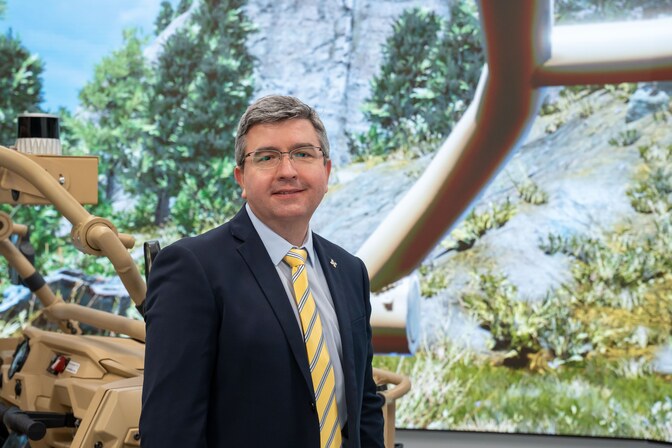
Off-road autonomy and digital twins: a Q&A with Bogdan Epureanu
Going beyond driving or tele-operating single vehicles, an up-to-date digital environment is needed to help humans operate fleets of autonomous vehicles.
Advancing computational tools for
today’s biggest challenges
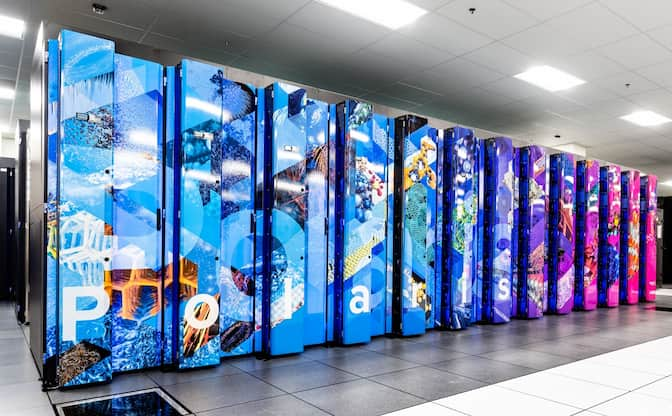
High performance computing
U-M engineers leverage some of the most powerful supercomputers in the U.S.

Digital engineering
Digital models kept up-to-date with data enhance energy systems, autonomous vehicles and more
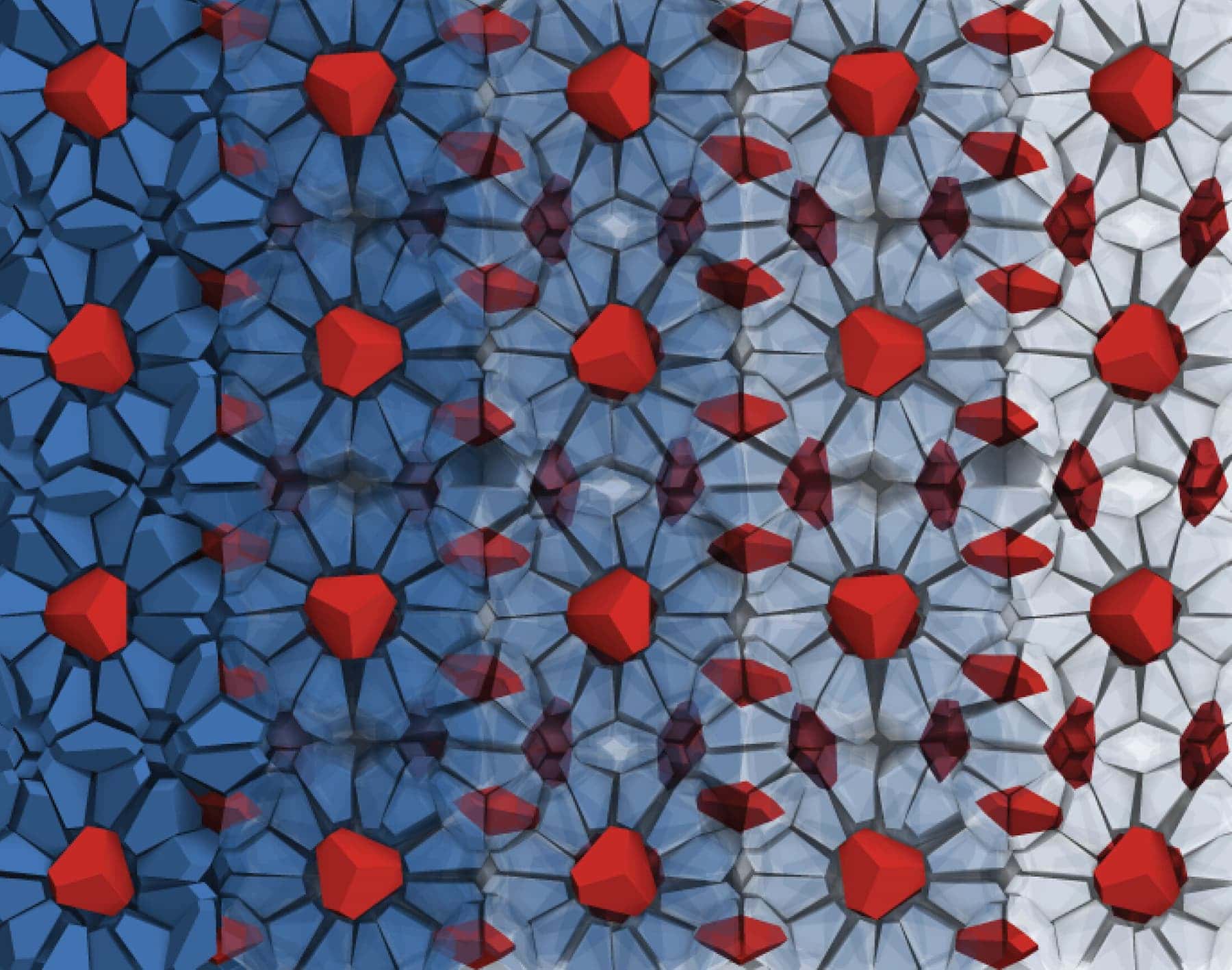
Modeling and simulation
Making sense of physical phenomena, predicting material properties, creating virtual environments to test autonomous systems and more

Optimization
Discovering the combination of controllable variables that will provide the best outcomes
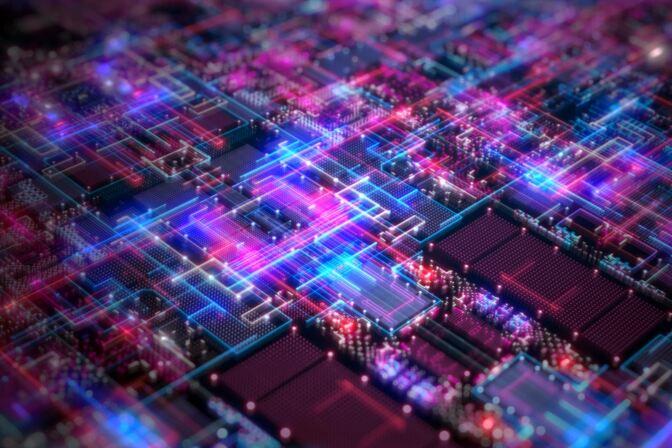
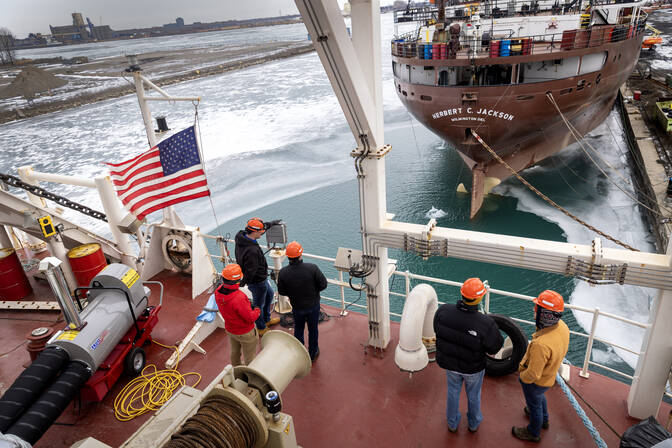
New $14.5M center to help US Navy overcome emerging challenges
The center will connect faculty, students, postdocs and US Navy engineers, building a community to find cutting-edge solutions to naval and marine engineering issues.
More than
$75M
in center-scale funding since 2012
From simulations to supercomputers and beyond
Engineers at U-M have been running computer simulations since they were analog. They also used digital mainframes from the 1950s, brought “minicomputers” into their offices in the 1960s and 1970s, and in the 1980s, began to organize through the Computer Aided Engineering Network (CAEN).
Into the 1990s, many faculty members were still running algorithms on personal computers, some because that was enough computing power and others to prove out algorithms and win time on the supercomputers becoming available at national laboratories. To make these efforts more efficient, CAEN now runs modest supercomputers, such as the 13,000-core Great Lakes Cluster, that perform everything from lean models that capture the essential dynamics of a process to highly detailed simulations ultimately targeting exascale computing resources.
Recognizing modeling and simulation as a complement to theory and experiment and specifically training scientists and engineers in these skills, U-M launched the first PhD program in scientific computing in 1988. Alumni work across a range of sectors, in academia, industry and national laboratories.
Transcript
We have billions of years of evolution backing us in performing the daily driving task.
Teaching computers how to replace us in this task has proven to be quite complicated.
There are seemingly endless rare, safety-critical situations that occur on the road that cannot be handled properly by autonomous vehicles.
In real-world testing environments, it can take billions of miles for an autonomous vehicle to repeatedly experience rare, dangerous events. This makes it time-consuming and expensive to validate their safety performance, slowing down companies deploying fully autonomous AVs.
Now, Michigan Engineering researchers are using artificial intelligence to train virtual vehicles to perform adversarial behaviors that challenge autonomous vehicles.
Instead of testing autonomous vehicles in naturalistic driving environments where safety-critical events are rare, we challenge them using an intelligent testing environment where these events are much more frequent.
The virtual vehicles are taught to constantly challenge autonomous vehicles as they drive around a test track, performing maneuvers such as cutting in or failing to yield at a roundabout.
To ensure the frequency of safety-critical events, the researchers use a dense deep learning approach to train the neural networks that make maneuver decisions. They filter out non-safety-critical data and feed the neural network only the safety-critical data to accelerate testing efficiency while maintaining accuracy.
By exposing autonomous vehicles to rare events more frequently, the intelligent testing environment can reduce safety testing miles by 99.99 percent.
“If we’re going to do this in the time frames that we want to, we’re going to need a way for our software to experience all of the things that we might encounter over a lifetime of driving a car.”
“We can demonstrate to consumers that autonomous vehicles have the potential to perform comparably to human drivers. We’re not there yet, but we are on the right track.”
Facilities, institutes, and programs

Michigan Institute for Computational Discovery and Engineering (MICDE)
MICDE supports and connects researchers in modeling, simulation and optimization at U-M.
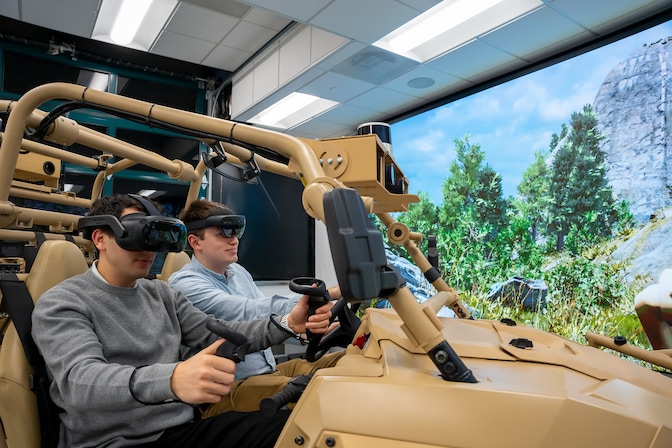
Automotive Research Center (ARC)
As a premier U.S. Army research center, the ARC leads cutting-edge innovation in modeling, simulation, and digital engineering—driving the future of off-road autonomy and intelligent systems.
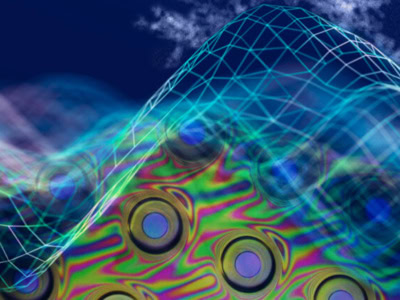
Center for Complex Particle Systems (COMPASS)
Computational engineering plays a central role in exploring the enormous design space of nanostructured materials in the Center for Complex Particle Systems.
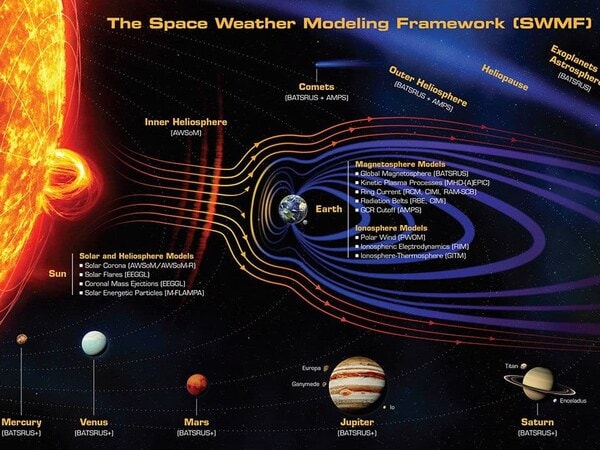
Space Weather Modeling Framework (SWMF)
A version of the Space Weather Modeling Framework runs at the NOAA Space Weather Prediction Center, predicting how solar storms will affect Earth.






